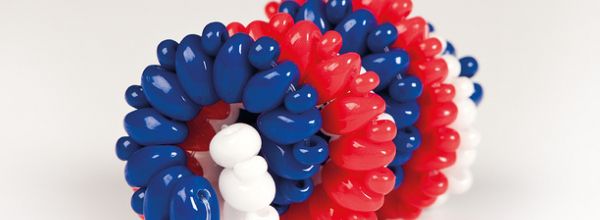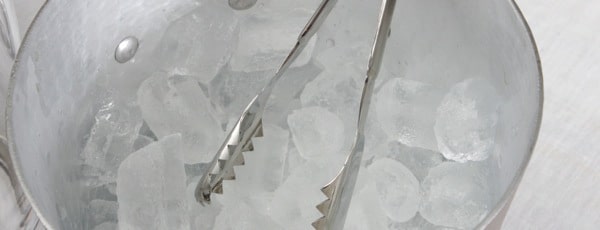When it comes to Western blotting, there’s no denying it: Your membrane is a key player. After all it is the physical scaffold that holds your precious samples and it needs to be up to the challenges you throw at it. But depending on your protein’s properties and your downstream detection steps, finding the optimal membrane may take a bit of trial and error. To help you choose, I will pit two membrane heavyweights against each other, PVDF vs. Nitrocellulose. Find out which one comes out on top:
| Nitrocellulose | PVDF | |
|---|---|---|
| What is it? | Nitrocellulose (either alone or attached to an inert scaffold) | Polyvinylidine difluoride |
| How protein-loving is it? (i.e. what is the protein binding capacity, μg/cm2) | 80–100 | 170–200 |
| What do people use it for? | Western blotting (especially low molecular weight proteins <20kDa) Nucleic acid analysis (fragments <300bp) Amino acid analysis Dot/slot blotting | Western blotting (especially high molecular weight proteins) Protein sequencing Amino acid analysis Solid phase assay systems |
| How do proteins stick? | Binding interactions are likely hydrophobic | Proteins bind by hydrophobic and dipole interactions |
| Physical characteristics | Brittle and fragile | Physically durable |
| Does it come in different pore sizes? | Yes. Both nitrocellulose and PVDF come in typical pore sizes of 0.1, 0.2 or 0.45μm. The 0.45μm membrane is suitable for most protein blotting applications but small peptides or low molecular weight proteins may transfer better onto 0.1 or 0.2μm pore size membrane | |
| Chemically resistant? | No | Yes – suitable for sequencing applications |
| How sensitive is it? | Nitrocellulose membranes have high protein-binding affinity but are not capable of the detection sensitivity of PVDF membranes. On the plus side, you may get lower background signal if using nitrocellulose | PVDF’s higher binding capacity allows for greater sensitivity in detection of lowly expressed proteins, but it also means that you can get higher background when it comes to your antibody detection steps |
| Can it be stripped and reprobed? | Proceed with caution. It is difficult to strip and reprobe nitrocellulose membranes without loss of signal | Yes. There is better retention of adsorbed proteins due to PVDF’s greater hydrophobicity, allowing membranes to be stripped and reprobed easily. Check out this article for more tips on how to strip and reprobe |
| Is methanol required? | Yes. Methanol must be used in the transfer buffer for nitrocellulose membranes – this can cause precipitation of high molecular weight proteins | No. The membrane must be pre-wetted with methanol before use but can then be used with transfer buffers that contain no methanol. It can be a useful technique for high molecular weight proteins that precipitate in low SDS/high methanol solutions. Expert tip: be sure to equilibrate your membrane before transfer if you choose to do this! |
| What about SDS? | Doesn’t require SDS in transfer buffer. This enhances the binding of low molecular weight proteins and helps prevent protein “blowout”, i.e. over-transfer through the membrane | Blotting efficiency onto PVDF is significantly enhanced in the presence of SDS |
So which membrane emerges victorious for your experiments?






